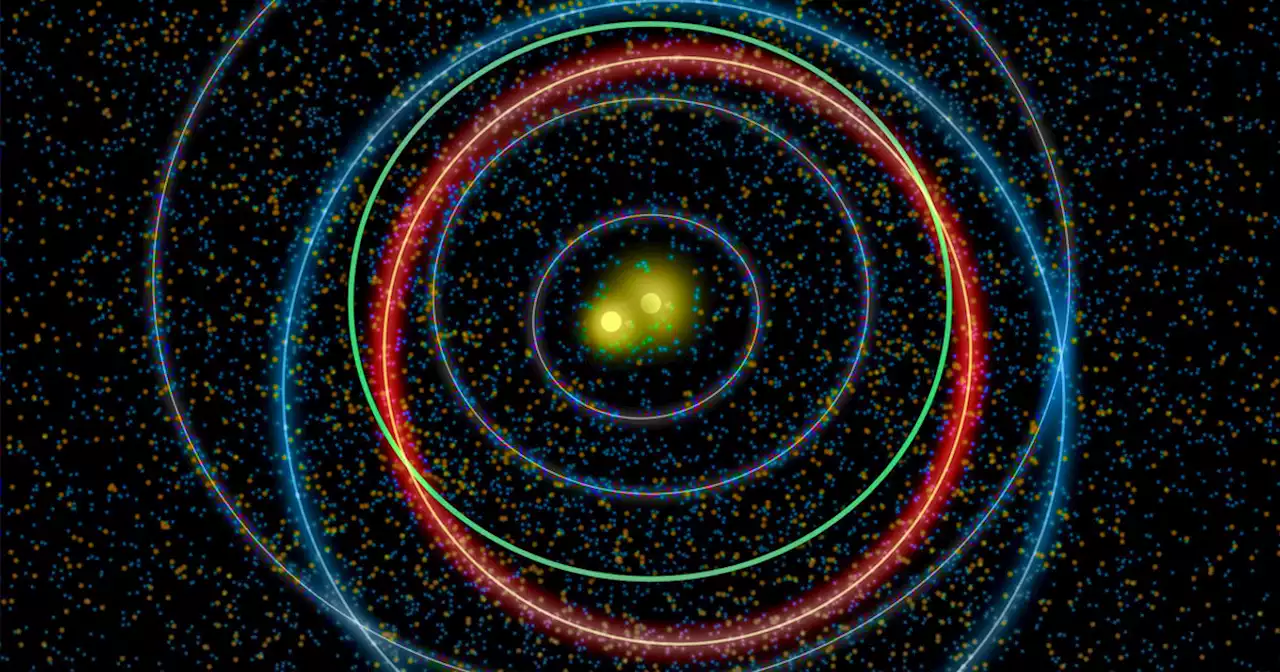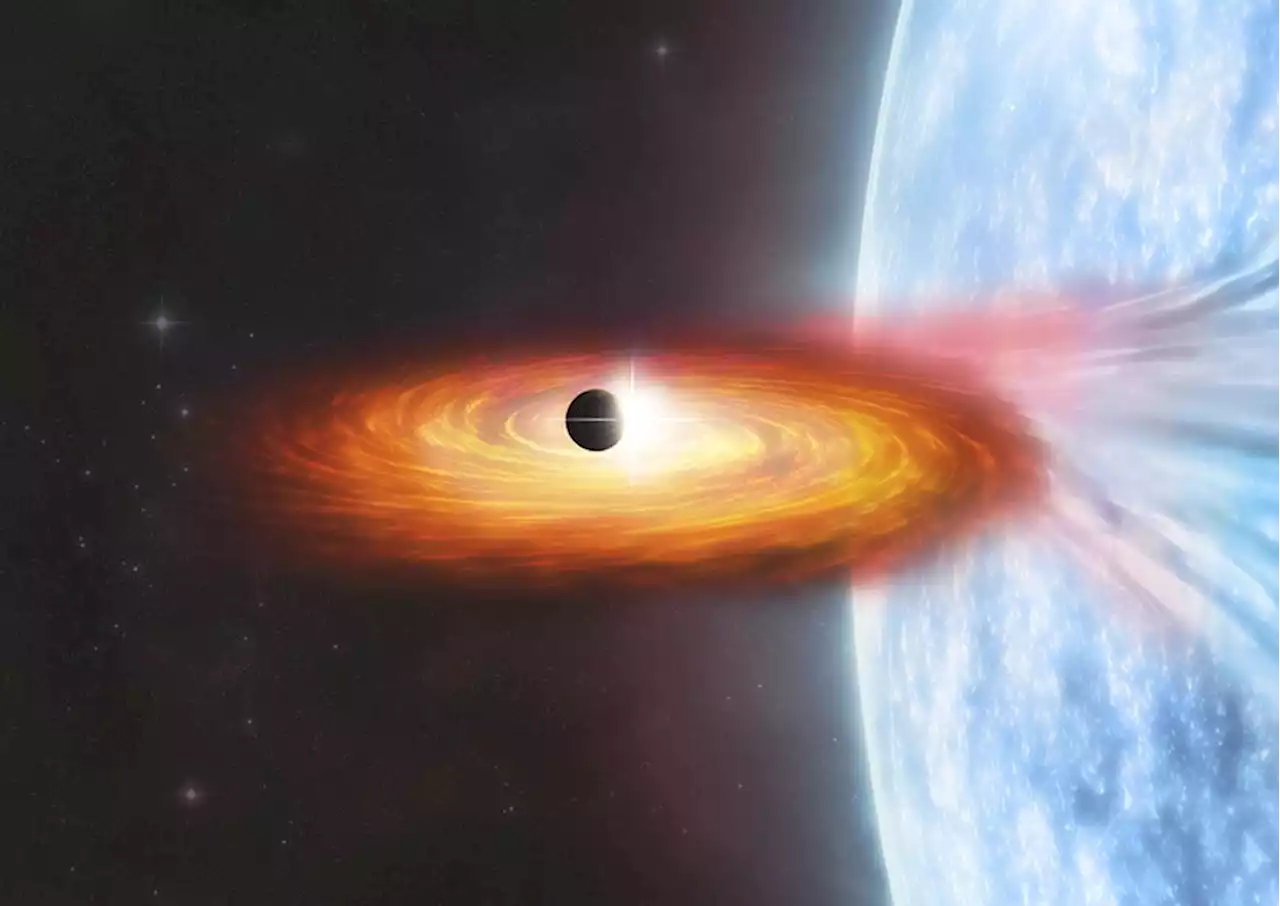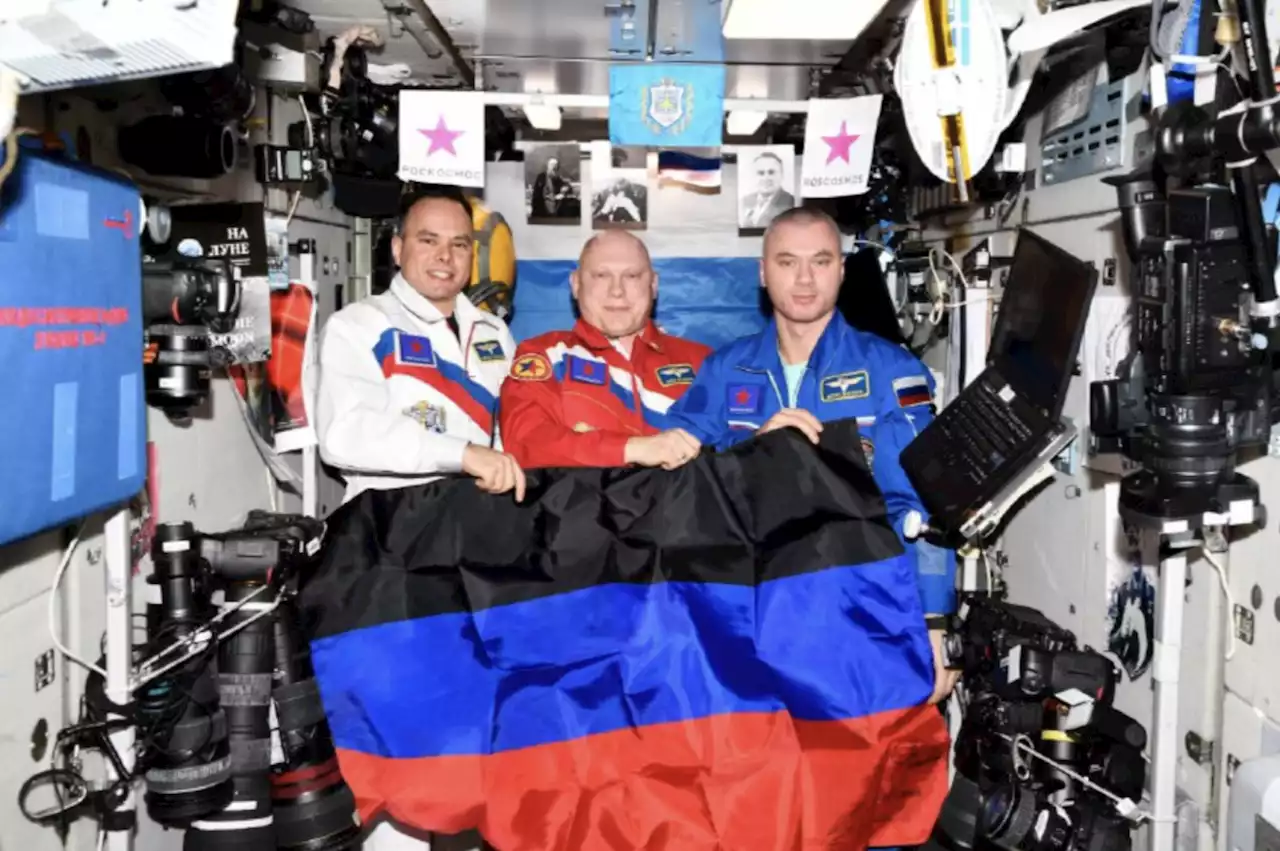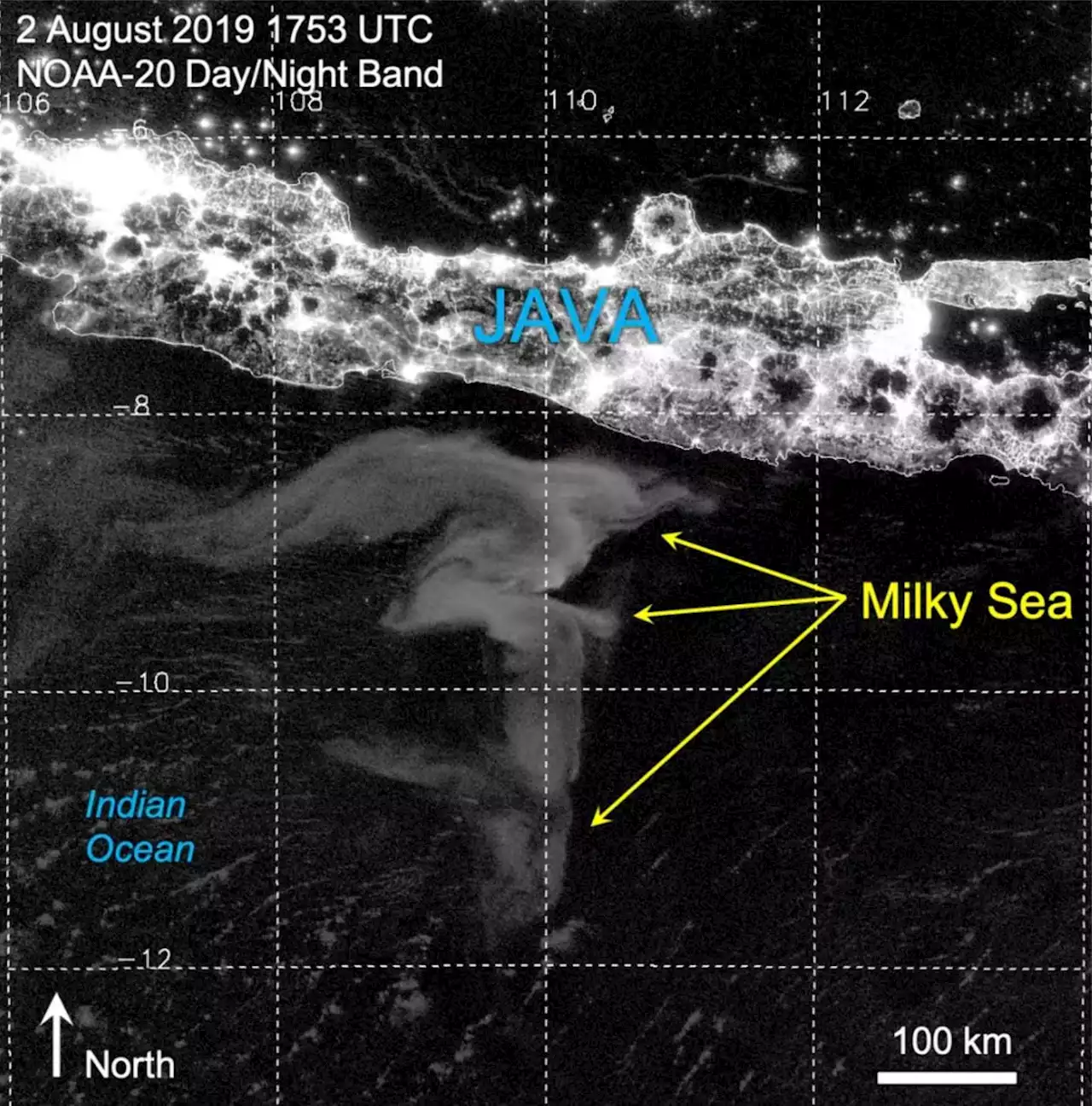Some of the tiniest beings on the planet gather together to create their own glowing assemblages that are so bright and large that they can be seen from space.
. Ever since 2005, Professor Miller has specialized in using state-of-the-art satellites to study Earth with the ultimate goal of learning how to predict the occurrence of milky sea events, with the hope that research vessels could be sent out to them so scientists can better understand this phenomenon.
But this new technology required on-the-sea confirmations of satellite imagery, so Professor Miller searched the DNB image archives collected between 2012 and 2021 from three locations where milky seas are often reported, according to his previous findings. He used sophisticated techniques to carefully analyze the satellite data to rule out other potential sources of light emission .
“I was browsing the imagery looking for clouds masquerading as milky seas when I stumbled upon an astounding event south of the island of Java”, Professor Miller writes in. “I was looking at an enormous swirl of glowing ocean that spanned over 40,000 square miles — roughly the size of Kentucky”, Professor Miller continued.
United States Latest News, United States Headlines
Similar News:You can also read news stories similar to this one that we have collected from other news sources.
 These astronomers believe the Sun used to have a long lost star companion'The Sun's long-lost companion could now be anywhere in the Milky Way.'
These astronomers believe the Sun used to have a long lost star companion'The Sun's long-lost companion could now be anywhere in the Milky Way.'
Read more »
 The building blocks of life were discovered floating at the center of the Milky WayScientists discovered the building blocks of RNA in a cloud at the center of the Milky Way, raising more questions about the origin of life.
The building blocks of life were discovered floating at the center of the Milky WayScientists discovered the building blocks of RNA in a cloud at the center of the Milky Way, raising more questions about the origin of life.
Read more »
 Astronomers spot first planet outside the Milky WayScientists have discovered many exoplanets over the years, but for the first time, they've identified one that exists outside the Milky Way.
Astronomers spot first planet outside the Milky WayScientists have discovered many exoplanets over the years, but for the first time, they've identified one that exists outside the Milky Way.
Read more »
 NASA 'strongly rebukes' pro-Russian separatist flag display on International Space StationNASA issued a statement rebuking cosmonauts' display of a pro-Russian separatist flag on the International Space Station this week, a rare move for the agency that espouses the outpost as a place for international cooperation.
NASA 'strongly rebukes' pro-Russian separatist flag display on International Space StationNASA issued a statement rebuking cosmonauts' display of a pro-Russian separatist flag on the International Space Station this week, a rare move for the agency that espouses the outpost as a place for international cooperation.
Read more »
 Artemis-themed summer scavenger hunt launches at Kennedy Space Center Visitor ComplexThe 'Artemis Mission Manual Scavenger Hunt,' an educational space expedition hosted by Kennedy Space Center Visitor Complex, runs through Aug. 7.
Artemis-themed summer scavenger hunt launches at Kennedy Space Center Visitor ComplexThe 'Artemis Mission Manual Scavenger Hunt,' an educational space expedition hosted by Kennedy Space Center Visitor Complex, runs through Aug. 7.
Read more »
 A New Photo Series, “Tokala,” Spotlights BIPOC Youth Climate Activists“The climate activism space is a very white-led space. But POC communities are being disproportionately affected by climate change.”
A New Photo Series, “Tokala,” Spotlights BIPOC Youth Climate Activists“The climate activism space is a very white-led space. But POC communities are being disproportionately affected by climate change.”
Read more »
